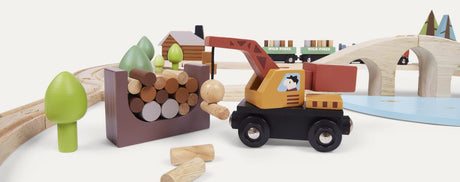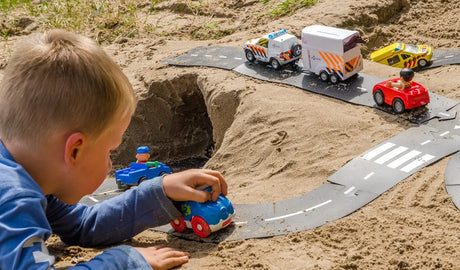Let's talk about an activity that seems so simple, so popular, but not so obvious: drawing!
Trace, draw, where does this idea come from?
The first drawings of humanity date back 70,000 years according to archaeological studies and discoveries.
Initially, these were geometric shapes, then more representative drawings appeared, such as those of the Lascaux cave, which aimed to communicate an idea, at a time when writing did not yet exist.
Even babies draw
Drawing begins very early in children; the first traces actually appear long before you offer paper and pencils to your little one.
- As soon as his finger passes over a surface and it has an impact on the environment, whatever it may be, then he is already in the trace.
- When he puts his finger in the puree and creates a furrow, that is a trace.
- When he is in his “foam” bath and plays to modify the foam on the edge of the bathtub, it is also a trace.
The trace and the drawing to come in the months and years to come are an activity that is at once creative, expressive and relational.
Drawing means daring to show yourself, daring to let something appear visible to everyone, and therefore having enough confidence in yourself to do so.
In child development, as we said above, drawing actually appears very early, without putting your child in a classic drawing situation. But we also advise you to make offers early on for your first artist experiences!
From the first months, there are sensory plates to place on the ground and which your child can animate by moving their fingers over them.
In the same way, you can make plates of this type, by putting paint and water in a transparent sheet pouch which you carefully close with tape.
By passing and moving your hand over it, your baby will see the movement created in the colorful mixture.
A few months later, when your child no longer puts his hands in his mouth, you can present him with a tray of fine or “magic” sand in which he can splash. Even better, if you go on vacation to the beach !
By moving his fingers but also his hand and the entire arm, he will notice that the movement of his body has a different effect depending on the force he puts into his body. It sinks more or less into the sand, it makes a more or less wide trace, it begins to trace infinite spirals which are the first so important scribbles.
It is at this stage and thanks to this repeated experience that he learns to control his arm by testing the overall gesture at first, then he will try the delicate points with the tip of the index finger and ends up closing his spiral around 3 years old.
"Well done! You made a circle!
So the first representations will be grafted together, with the little features which will become legs, the little dots which will become eyes….
The magic of the traced line that transforms into a drawing
As they grow up, some children, due to a lack of confidence or difficulty with imagination and representation, may need help. They then appreciate having models or being able to trace drawings before coloring them.
In this case, you can also use materials to accompany these creations: stickers, stamps or even manufacturing kits which decorate the white sheet, sometimes a source of stress for children, can be a good way to accompany your child towards access to drawing.
The decorations thus provided by these supports then allow us to dare to embark on a representation and a graphic story.
This is all the more important when we know that drawing and coloring are the first experiences of transition to graphics and pre-graphics, both in their dimension of grapho-psychomotor gesture, and in their message and communication function. !





